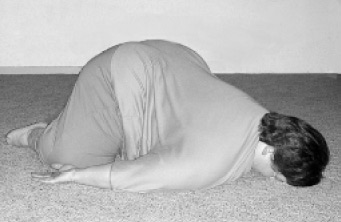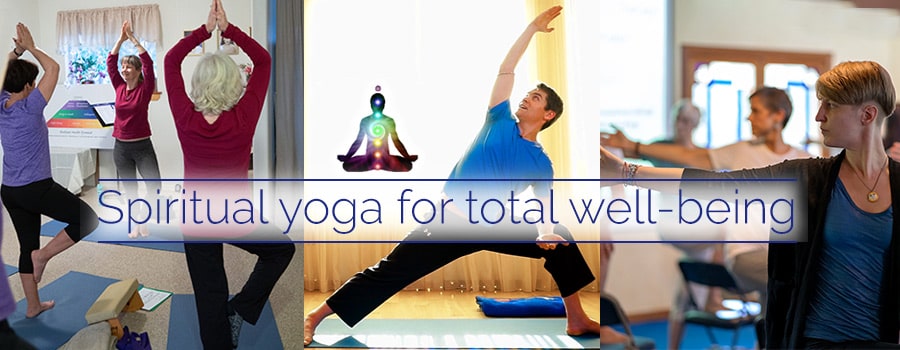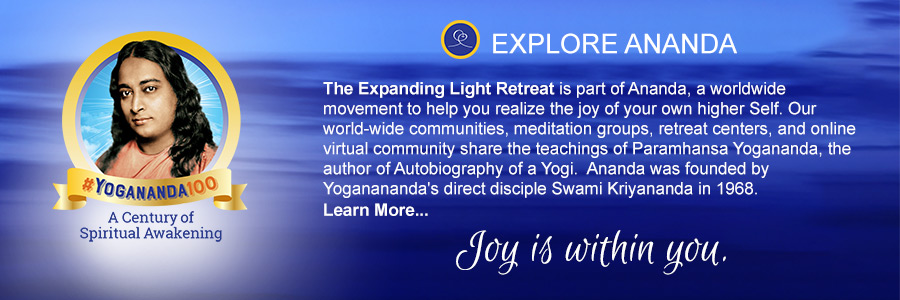Teaching Yoga for Round Bodies
- Adho Mukha Shvasana
- Ardha Matsyendrasana
- Balasana
- Bhujangasana
- Chandrasana
- Dandasana
- Dhanurasana
- Garudasana
- Janushirasana
- Jathara Parivartanasana
- Matsyasana
- Padahastasana
- Parvatasana
- Paschimotanasana
- Salabhasana
- Sarvangasana
- Sasamgasana
- Savasana
- Setu Banghasana
- Siddhasana
- Standing Backward Bend
- Surya Namaskar (Sun Salutation)
- Tadasana
- Trikonasana
- Ustrasana
- Utkatasana
- Vajrasana
- Viparita Karani
- Virabhadrasana
- Vrikasana
Balasana
Child’s Pose

Ugh! Just where is the fat in my tummy, chest and thighs supposed to go in this asana?! Let alone the air from an inhalation? Child’s Pose is often taught as a “reprieve” from a difficult asana — a real “milk and cookies pose.”
For the fat person, it is anything but that. Because bringing the knees and the chest together compresses the abdomen and chest, in order to breathe, the fat person usually ends up with his/her buttocks in the air, which is humiliating if s/he is the only one doing that. And it is even more so if the thinner people are heaving sighs of relief at how easy and comfortable the asana is.
One trick that Lin Turner teaches everyone for Vajrasana may help somewhat: “roll” muscle and fat from the calves laterally before sitting down fully into Vajrasana. I think that doing the same for the thighs relieves compression of the medial thighs and makes it easier to hold the legs closer together, and to get the buttocks closer to the heels.
It does, however, introduce a slight pressure toward internally rotating the femurs, which may not feel comfortable for some knees. At any rate, this may prove helpful also in Balasana by making the lower body more compact. I usually teach the frog variation, wherein the knees are spread before one lays the torso down. (See photo above.)
This helps, but usually there is still some difficulty. One of the problems to watch for is an increased tendency not to round the back enough, due to the weight of the tummy increasing the lumbar spine’s lordotic curve, so that there is strain on the lumbar area. (In the photo, you can see how a heavy tummy is beginning to cause this strain.) All the weight is shifted forward, which also places additional strain on the neck.
I solve this by encouraging the student to pay extra attention to rounding the back appropriately, keeping the bulk of the weight over the hips, not thrown forward, and placing cushions or soft blocks under the forehead.
Of course, this can overly restrict the breathing, and the student may not be able to remain seated on the heels, so cushions under the buttocks may be needed as well. Nevertheless some fat students will be able to find a reasonable amount of comfort this way in Balasana. Not complete relaxation, perhaps, but at least a reasonable amount of comfort.
Also, bear in mind that all this arranging takes time and focuses a lot of attention on the student. It’s good training for adapting an asana to one’s individual needs, but it could be embarrassing, especially for more sensitive people. You have to know your students and watch for their non-verbal cues.
All authors are graduates of Ananda Yoga Teacher Training.
About the Author

Kay Erdwinn, M.D., teaches “Yoga for Round Bodies” in Placerville, California.




















